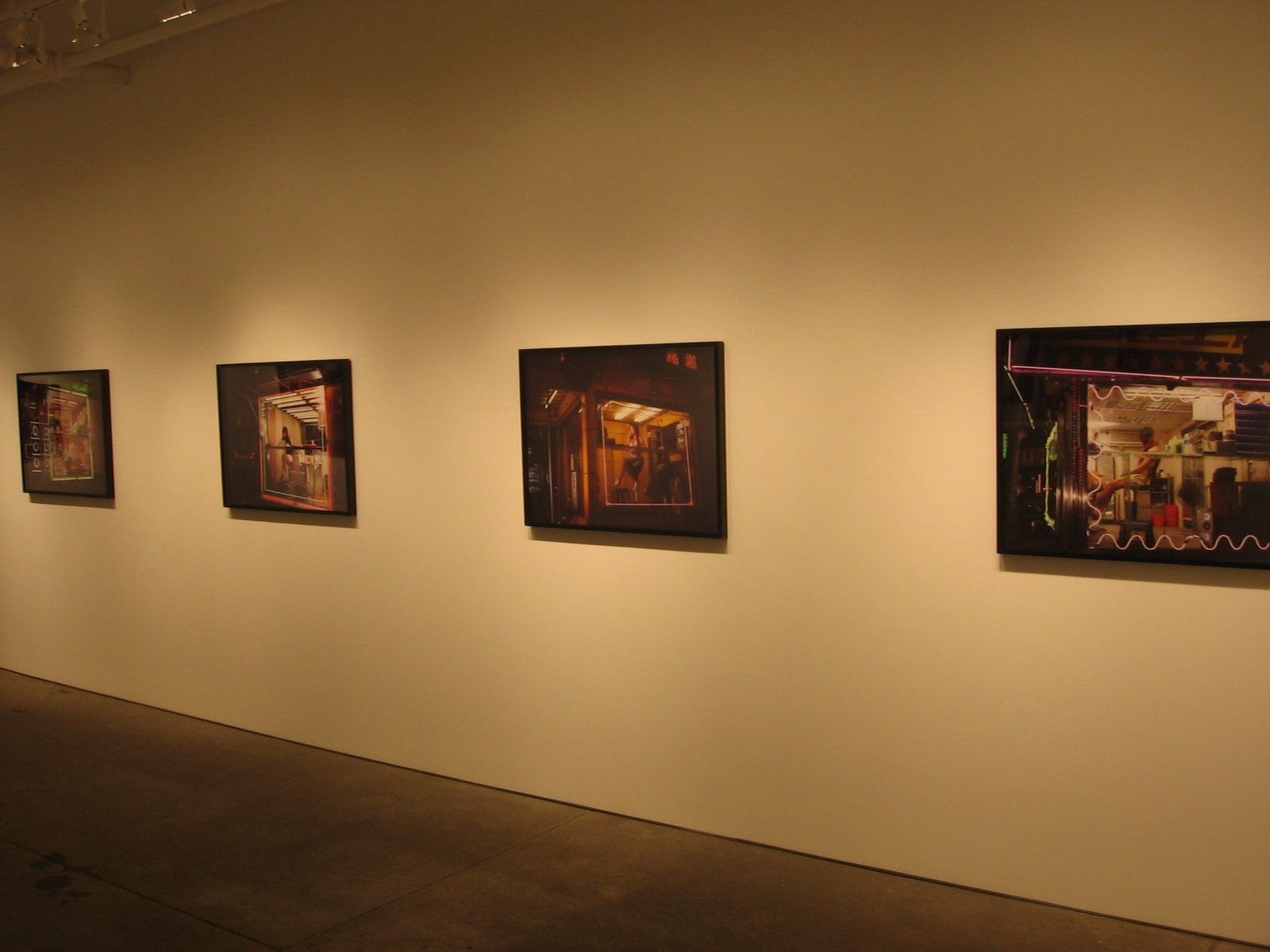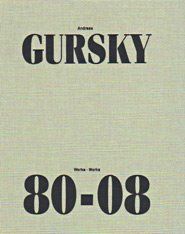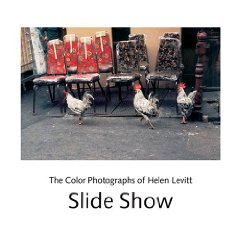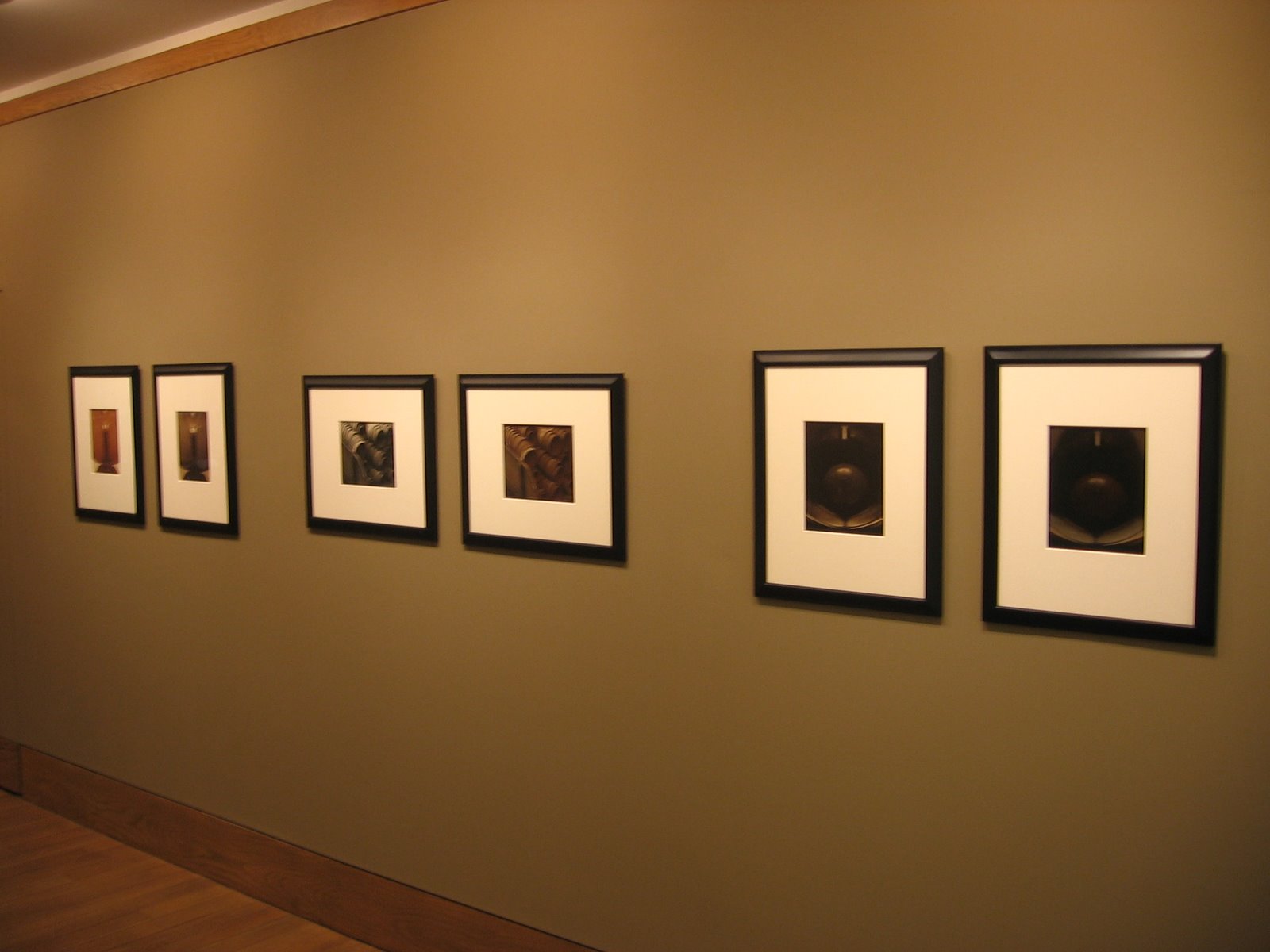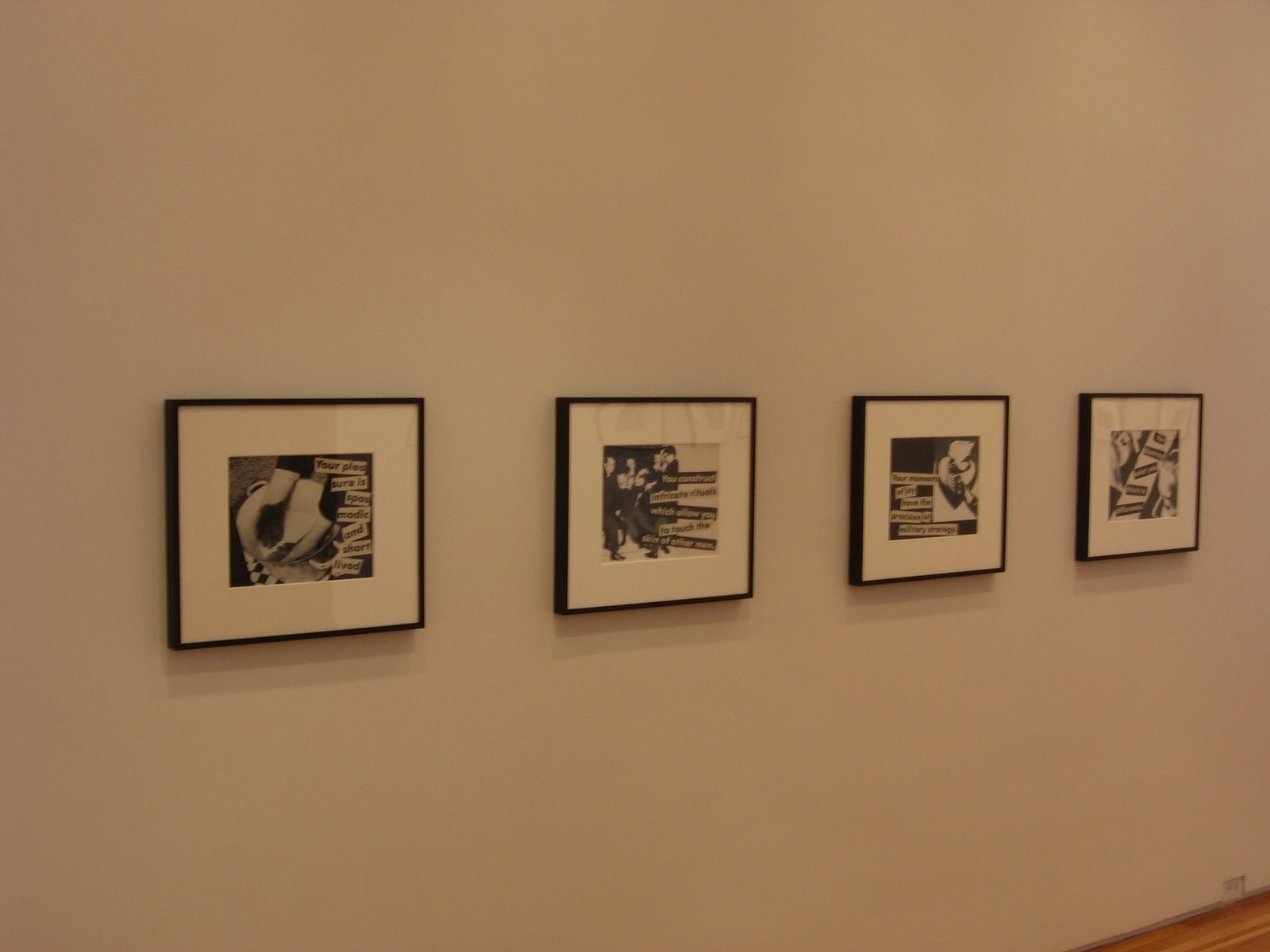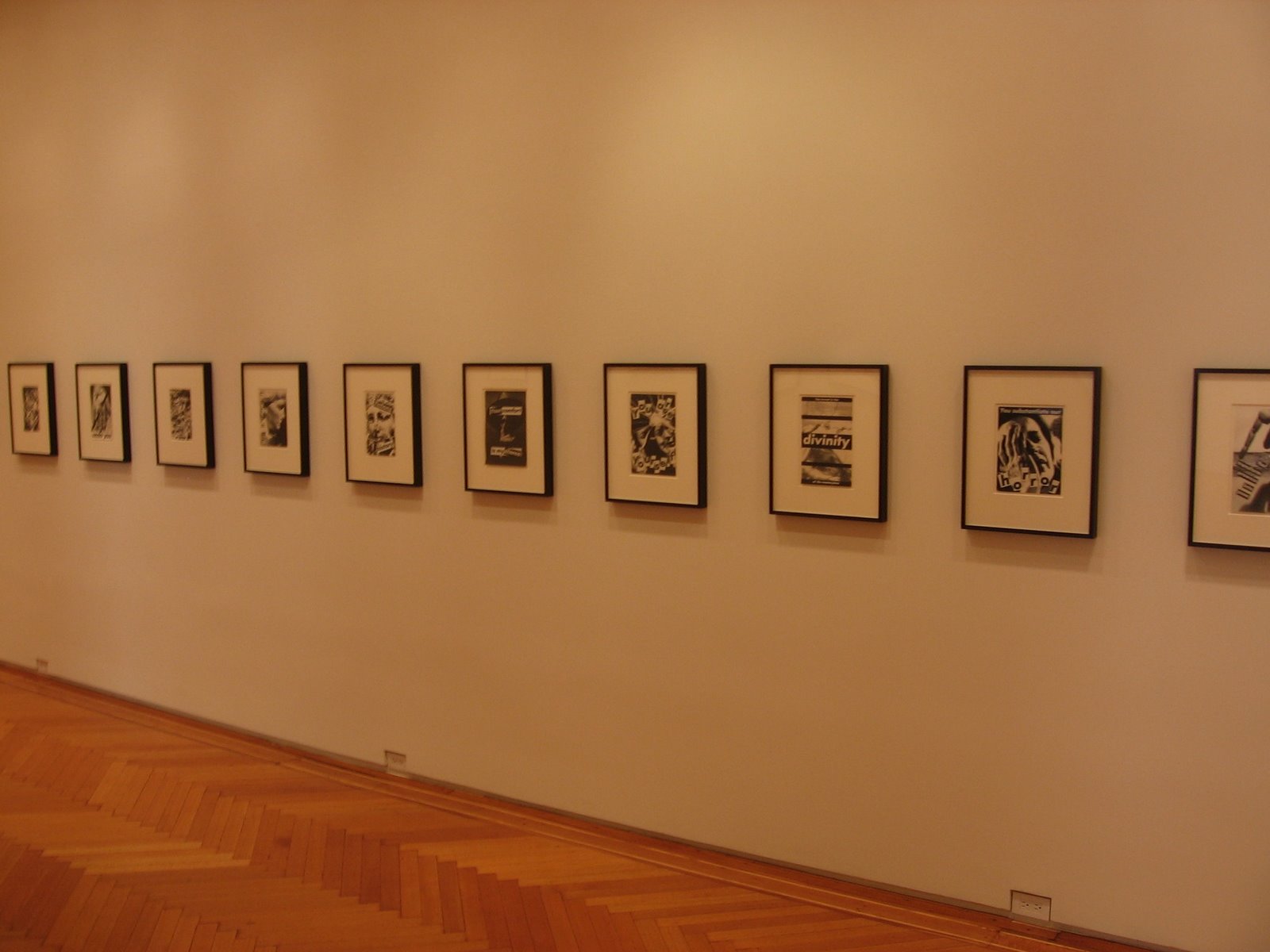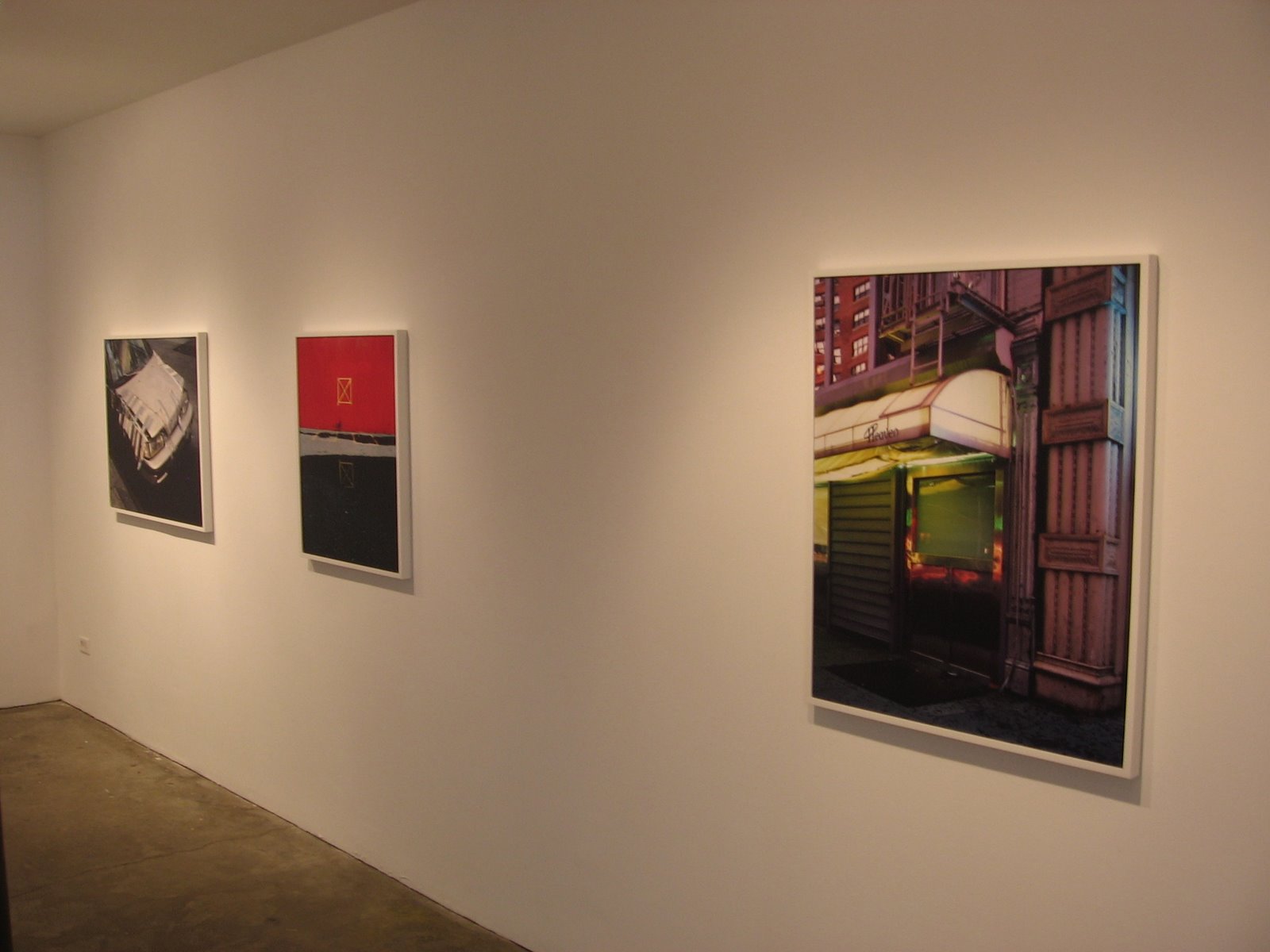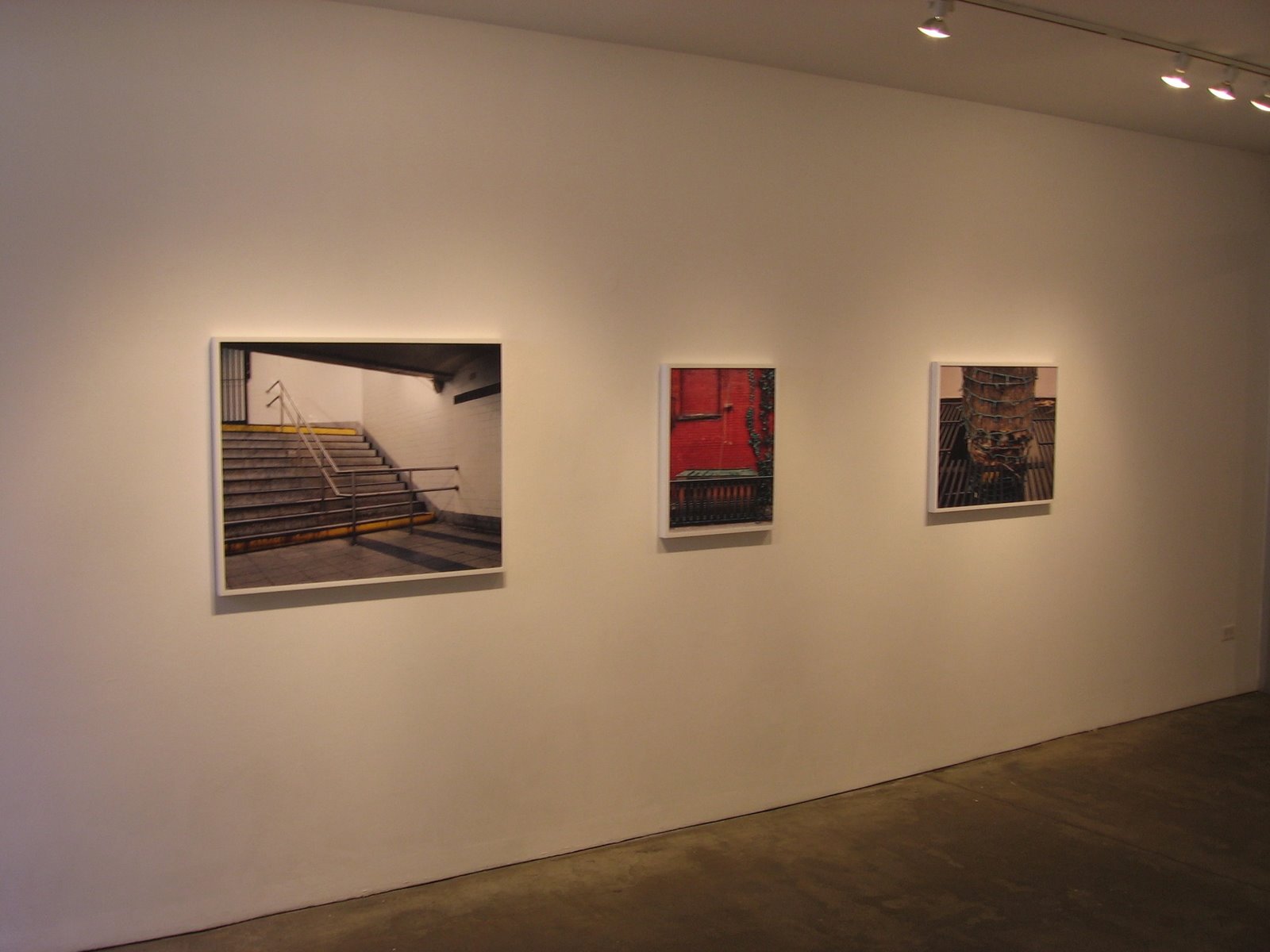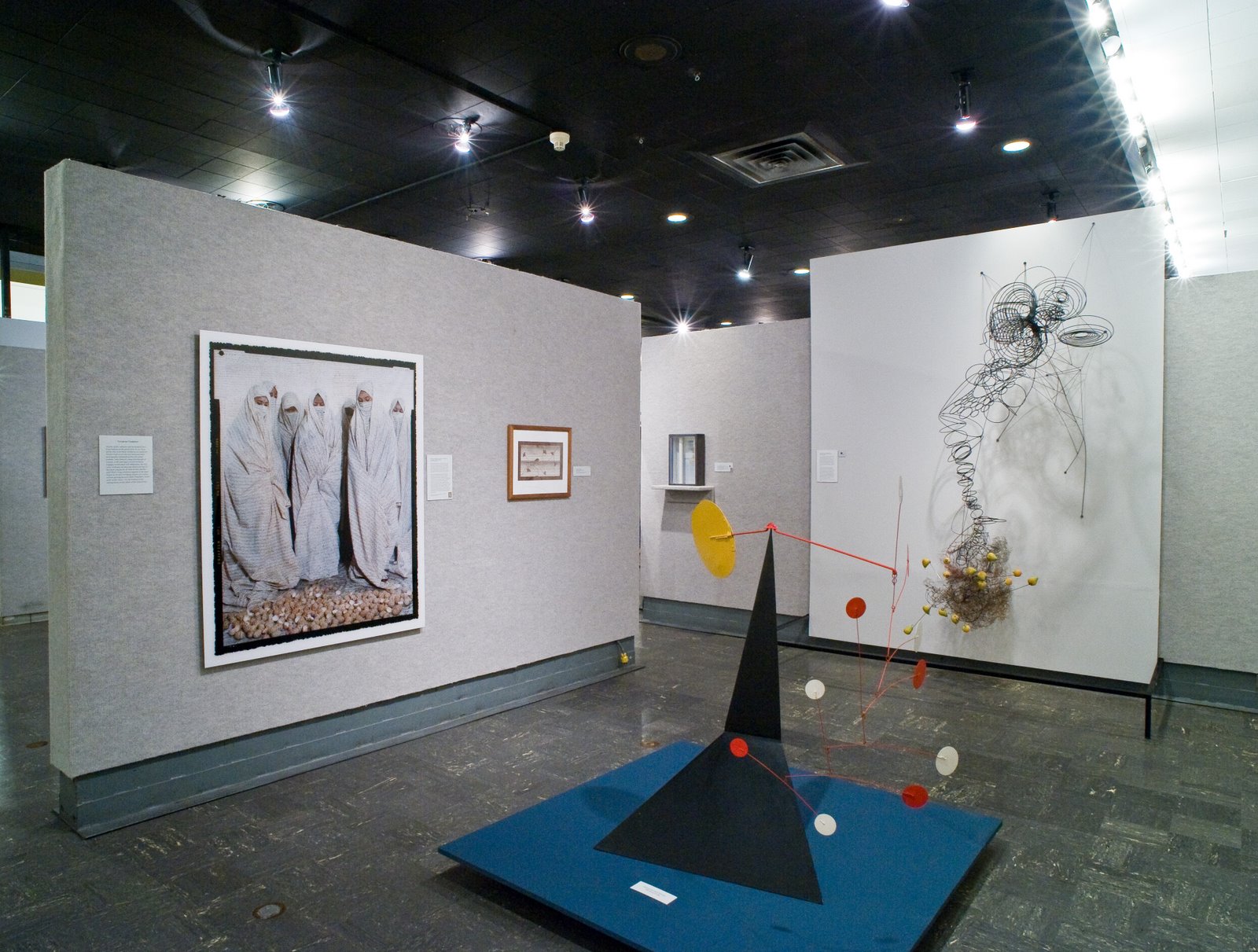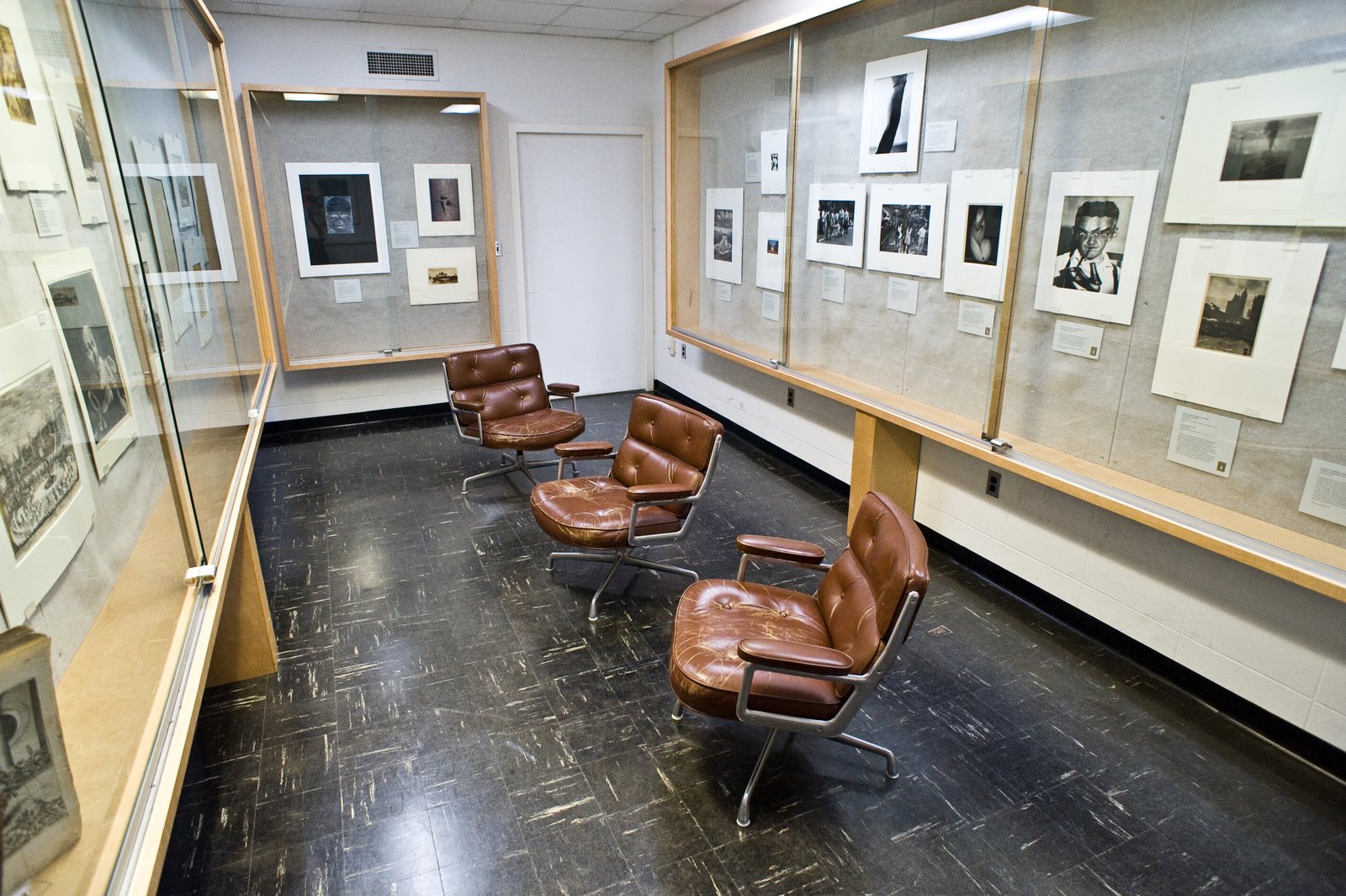In recent weeks, I’ve been thinking a bit more about exactly what it is that we as photography collectors are actually doing, and how this site might be reconsidered so that it has more relevance to those activities, both for ourselves and for our readers.
After mulling this over for some time, I’ve come to the simple conclusion that for most people, collecting is a search for meaning, a process of finding items that have some underlying significance or importance for them, or that somehow make a real connection to their lives. For some, it is the ongoing pleasure derived from owning the objects; for others, it is the action and education in support the search that is the source of repeated interest.
When we go to a gallery or museum show, read a photography book, or flip through an auction catalog, what we are doing is looking for connections: those pieces that seem to have a bright light shining on them – objects that stand out from the crowd, that resonate with our own personal world view (and we all know them immediately when we see them, like a lightning strike, even if they are wildly different from person to person). Education generally increases the likelihood of understanding and appreciating a work, so artists, dealers, museum curators and auction house specialists can all be sources of information that lead to a deeper appreciation of a photograph.
In the process of our often manic “hunting and gathering”, each collector has his or her own calculus going on behind the scenes that determines which pictures are worth paying attention to: perhaps it is those that have some sense of beauty in our eyes, or those that are challenging and knock us out of our numbness. Some of us see patterns and relationships between pictures and artists, others respond to overt or subtle emotional qualities. While collectors come in all shapes and sizes, from intuitive to structured, in the end, we are all doing the same thing: connecting with images. So maybe we should start calling ourselves “connectors”, focusing on those elusive qualities in a photograph that make our eyes (and brain) light up, rather than the acquisitions that are the end result of the larger process.
If we follow this train of thought, where collecting is really just a euphemism for connecting, then what is a site like this good for? What does the form itself provide, and what should we be trying to accomplish within the confines of its structure, if we are trying to optimize “connecting”?
From our own experience on this site, it is clear that the blog (as a form) is not well suited to long, reasoned arguments, complex reporting, or deeply historical/analytical essays. Print publications like weekly and monthly magazines (ArtForum or The New Yorker) and daily newspapers (The New York Times) are still a better venue for this kind of writing, regardless of whether it is scholarly in tone or more conversational. Ideas that require a complicated exposition don’t seem to fare as well when scrolling down endless pages; while we might have visions of writing these kinds of more in depth articles, reading them at significant length on any kind of screen can be tedious.
Blogs seem to be best suited to the 500 word summary (5 or 6 paragraphs at most): long enough to provide a handful of meaningful thoughts and ideas, short enough to be easily digestible in a few minutes. (This post is an example of a post that is too long; I expect many will give up before getting to the end.) Given the real time nature of our connected world, blog posts are also excellent for up-to-the-minute, time-based factual reporting (something that printed media does not do particularly well, and has largely migrated to online bretheren). A third important structural feature of blogs is their informal connectivity: the ease with which large amounts of external information (especially background material like long articles, images, and video) can be linked into the body of the text to enhance the reader’s experience (again, something that print media does poorly). So instead of trying to replicate the successes of other media in this new form, we should be focused on trying to exploit these strengths to create new experiences.
When we are jumping around from blog to blog and site to site, mixing our RSS reader feeds with Google searches, looking for “connections”, we are grazing. While this type of reading has its parallels in reading a newspaper and jumping from one article to another, Internet grazing is a bit more like following a trail of breadcrumbs. I think a good portion of our readers come to our site in search of something specific: a review of the recent Walker Evans show, details on an upcoming auction, or more information on Osamu Kanemura. Many come directly from a search engine (where they have searched for this specific item), or perhaps they already know about us, and come to the site knowing that what they are looking for might be here. However they arrive, they are generally looking for a succinct dose of precise information and we need to tailor our site to meet those demands.
What I have come to conclude is that once a reader/collector is here, we have an opportunity to use the strengths of this format to not only deliver our own appropriate content, but to help make a timely, relevant and useful connection to something else (the next breadcrumb). Often this will be another recent post or perhaps one from the archive. But it could just as easily be something outside this destination, that we as collectors already know has some relevance to the subject at hand. This neatly leads to the idea of the site as both a destination and a transit hub.
While some folks are interested in a continuing conversation with us (reading our reporting or hearing our voice/opinions in particular), most are just grazing, and need to make a new connection, to follow a new link, once they have finished with the ideas found here. I’ve come to realize that the single collector/critic, omniscient view of photography (or the art world for that matter) is no longer valid; it’s just an old, inward-looking and outdated way of thinking. I now think that our job (and challenge) is to embrace the polyvalent mixture of interdisciplinary ideas and information swirling around out there in the void and use our experience and judgment as collectors to make sense of the inputs, with the ultimate goal of making connections that increase our readers’ (and our own) sense of meaning in the art around us. If we can help you get connected to something that really catches your attention, we’ve been successful.
Our intention then is to evolve our approach and make this site more of a place of transit, or terminal of sorts, where our role is to provide both our own viewpoint/reporting as well as a synthesized subset of easily and rapidly transferable ideas for further exploration. We must force ourselves to learn to leverage others who provide complementary (and contradictory) perspectives, including those that are beyond the obvious mainstream, out on the edges a bit. So from now on, all of our exhibit/show and book reviews will have a new section at the end (called Transit Hub), which will provide some additional, potentially serendipitous roads to travel down.
This whole endeavor to open up the process of photography collecting continues to be a work in progress, and many of you have provided feedback that was helpful in tuning our direction along the way. A final strength of this blog format is its facility for direct interaction with readers. As such, your comments on this and other topics are always welcome.
 JTF (just the facts): A total of 6 color images, all mounted to board and not framed, hung in the smaller project gallery in the back. All of the images are 20×24, in editions of 5. The negatives are from the period 2000-2003. (Installation shots at right.)
JTF (just the facts): A total of 6 color images, all mounted to board and not framed, hung in the smaller project gallery in the back. All of the images are 20×24, in editions of 5. The negatives are from the period 2000-2003. (Installation shots at right.)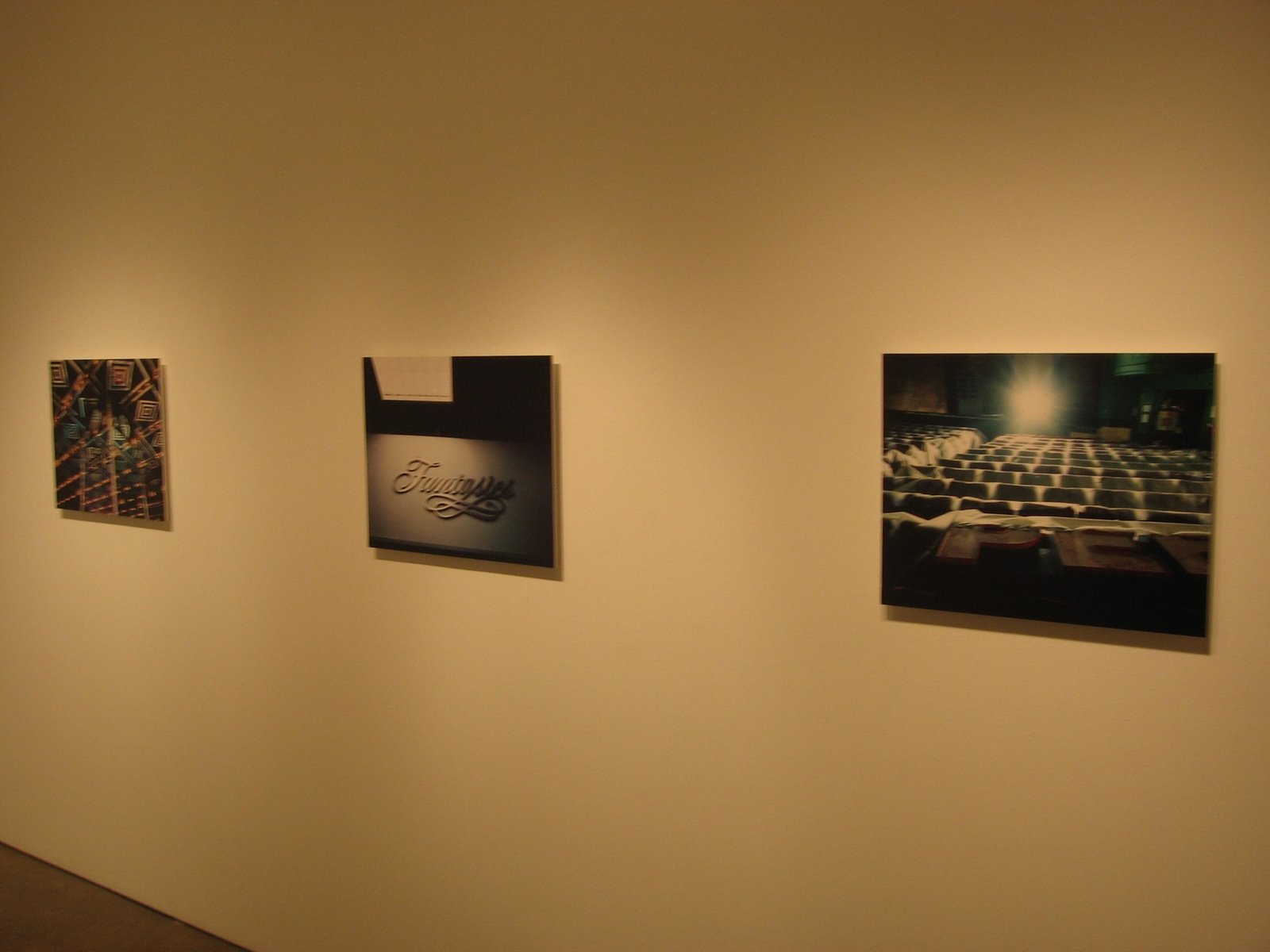 Several decades later, Lisa Kereszi has taken a walk down the same road, and found that not much has changed in the intervening decades. Her work is split between off stage views of strippers and burlesque performers and empty views of worn clubs and theaters. While Meiselas often focused on the interaction between performer and voyeur, Kereszi has chosen quieter shadowy moments, where the racy peep show fantasy has been exposed as a fraud – a dancer mundanely changing her shoes, or a tawdry stage with plywood walls and a cheap mirrored disco ball. While the pictures are well made, when the lights are on, 1980s chic is pretty dreary and uninspiring.Collector’s POV: The prints in the show are priced between $2100 and $2600. Since this show is so small (6 pictures), it’s hard to draw a conclusion about the overall nature of the work, since some of the images are fragmented interior shots, while others are more emotionally charged documentary portraits. Perhaps the book is a better vehicle for a more deep and nuanced narrative.
Several decades later, Lisa Kereszi has taken a walk down the same road, and found that not much has changed in the intervening decades. Her work is split between off stage views of strippers and burlesque performers and empty views of worn clubs and theaters. While Meiselas often focused on the interaction between performer and voyeur, Kereszi has chosen quieter shadowy moments, where the racy peep show fantasy has been exposed as a fraud – a dancer mundanely changing her shoes, or a tawdry stage with plywood walls and a cheap mirrored disco ball. While the pictures are well made, when the lights are on, 1980s chic is pretty dreary and uninspiring.Collector’s POV: The prints in the show are priced between $2100 and $2600. Since this show is so small (6 pictures), it’s hard to draw a conclusion about the overall nature of the work, since some of the images are fragmented interior shots, while others are more emotionally charged documentary portraits. Perhaps the book is a better vehicle for a more deep and nuanced narrative.
